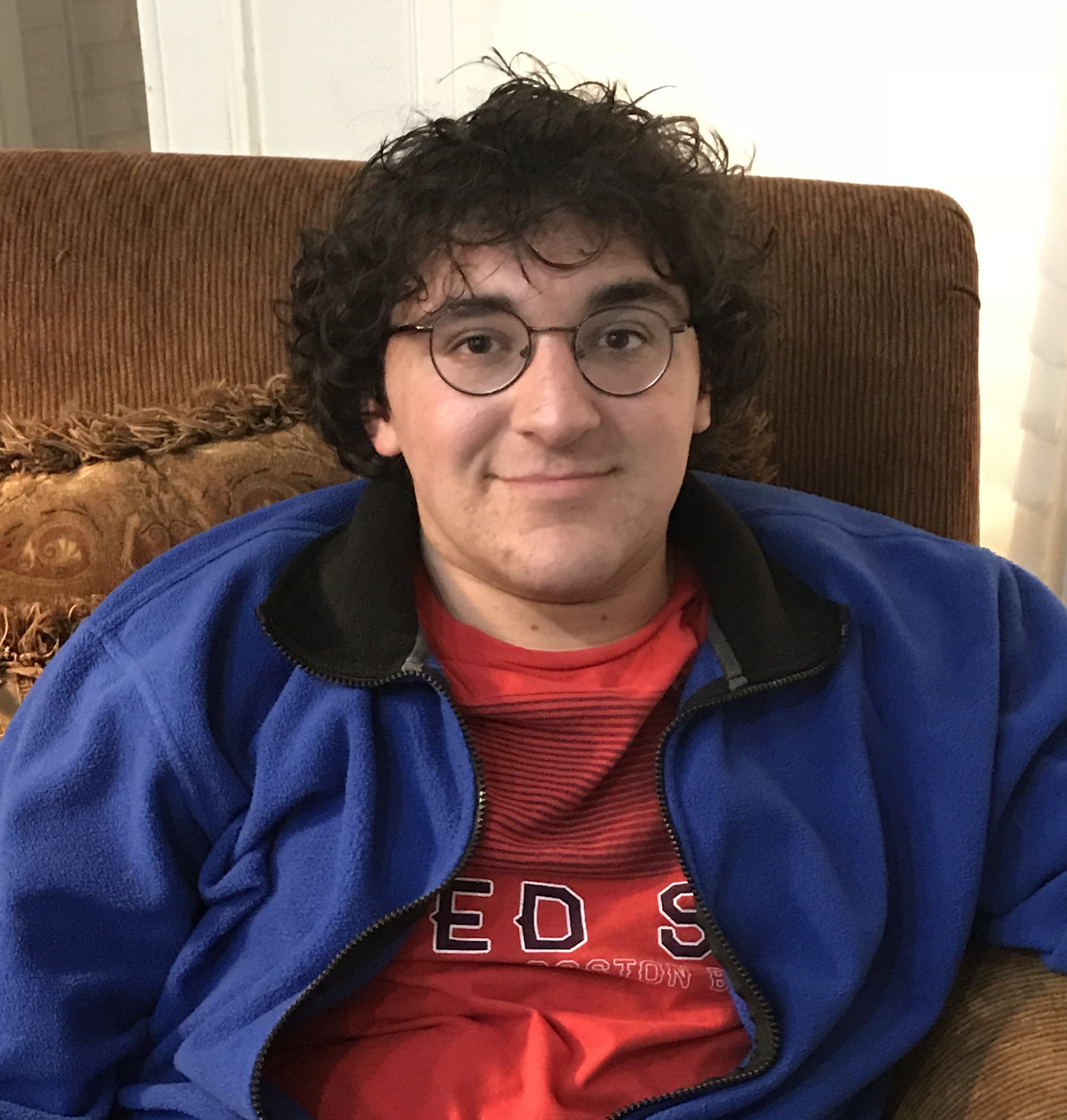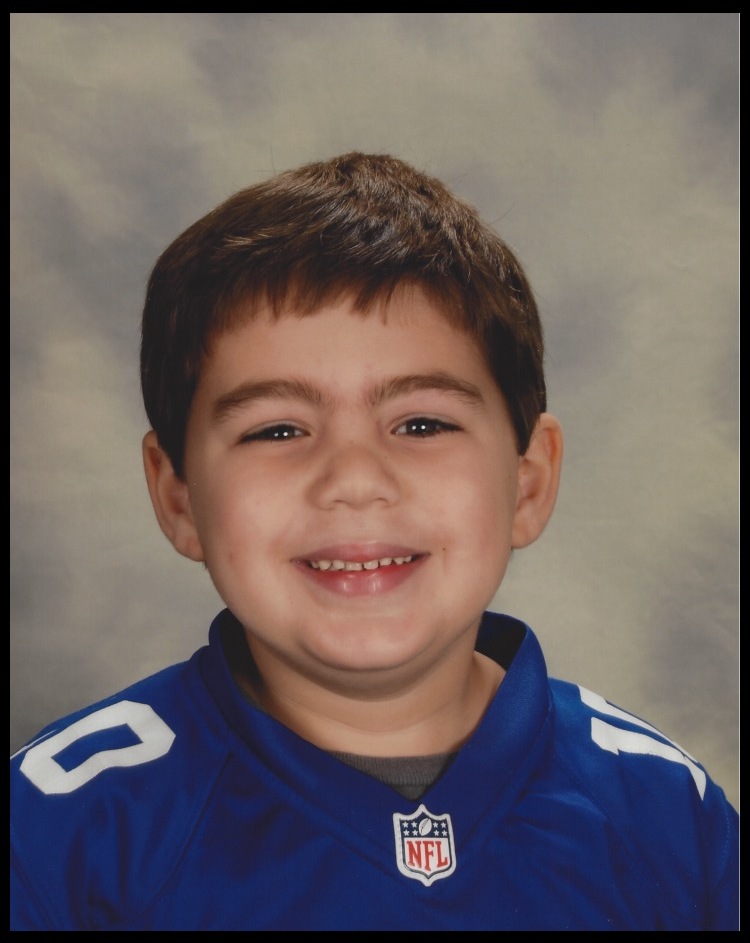Complete cost coverage would be wonderful, but more importantly for us, awareness of the medical need for this coverage and how it affects my daughter’s growth and development is critical. For 12 years, we have cycled through and fought with
Read moreTyrosinemia
Tyrosinemia (TYR) is a genetic disorder characterized by disruptions in the multistep process that breaks down the amino acid tyrosine, a building block of most proteins. If untreated, tyrosine and its byproducts build up in tissues and organs, which can lead to serious health problems.
There are three types of tyrosinemia, which are each distinguished by their symptoms and genetic cause. Tyrosinemia type I, the most severe form of this disorder, is characterized by signs and symptoms that begin in the first few months of life. Affected infants fail to gain weight and grow at the expected rate (failure to thrive) due to poor food tolerance because high-protein foods lead to diarrhea and vomiting. Affected infants may also have yellowing of the skin and whites of the eyes (jaundice), a cabbage-like odor, and an increased tendency to bleed (particularly nosebleeds). Tyrosinemia type I can lead to liver and kidney failure, softening and weakening of the bones (rickets), and an increased risk of liver cancer (hepatocellular carcinoma). Some affected children have repeated neurologic crises that consist of changes in mental state, reduced sensation in the arms and legs (peripheral neuropathy), abdominal pain, and respiratory failure. These crises can last from 1 to 7 days. Untreated, children with tyrosinemia type I often do not survive past the age of 10.
Tyrosinemia type II can affect the eyes, skin, and mental development. Signs and symptoms often begin in early childhood and include eye pain and redness, excessive tearing, abnormal sensitivity to light (photophobia), and thick, painful skin on the palms of their hands and soles of their feet (palmoplantar hyperkeratosis). About 50 percent of individuals with tyrosinemia type II have some degree of intellectual disability.
Tyrosinemia type III is the rarest of the three types. The characteristic features of this type include intellectual disability, seizures, and periodic loss of balance and coordination (intermittent ataxia).
Lily Jo, Age 6

I just want Lily Jo to be able go to school and eat lunch like the rest of the children. I want to know that once again someone doesn’t understand or miss read the list of instructions for the food
Read moreAndrew, Age 18

My mother has worked as many as 5 jobs concurrently to maintain employer-provided insurance and has CONSTANTLY fought to keep me on a Medicaid waiver program, as they try to kick me off the program frequently. All of this and
Read moreSasha, Age 11

My daughter was diagnosed with a genetic inborn error of protein metabolism at 15 months of age. Since that time, our daily life has been dominated by an acute awareness of the critical importance of Sasha’s nutrition (and the incredibly
Read moreZoey, 15 months
Our daughter must take a medication twice a day, drink medical formula and eat special medical foods in order to stay healthy. We are extremely lucky that our insurance covers a large portion but so many families are not as lucky as we are. Medical nutrition IS NOT AN OPTION.
Read moreClaire, Age 8

I want to introduce you to my eight-year-old daughter, Claire. At first glance Claire appears to be a normal 2nd grader. She loves playing soccer, gymnastics, and playing with her brother and sister. She’s silly and funny and just a
Read more


